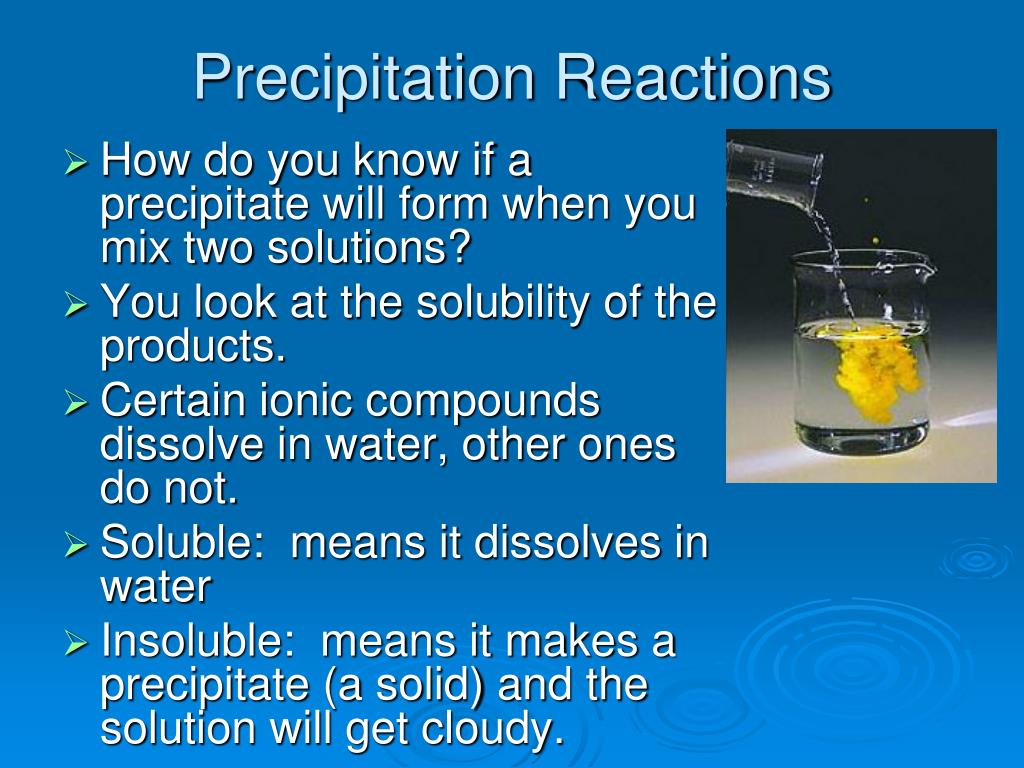
Solution heat treatmentĪlso referred to as homogenisation, this step involves heating an alloy to a certain temperature where it is held until all of the solute dissolves into the α-phase producing a uniform solid‐solution structure. The process of precipitation hardening can be simplified into three major stages: solution heat treatment, quenching, and ageing. The mechanism is similar to how the filler in composite materials serves as reinforcement, increasing their strength by blocking the propagation of cracks. Since the plasticity of the alloy is heavily dependent on the movement of these dislocations, the precipitate particles harden the alloy and increase its yield strength by making it more difficult for these dislocations to propagate. They can do this because of their different crystallographic structure compared to the surrounding material. This works through a mechanism where the precipitate particles of the low-temperature phase inhibit the movement of dislocations/defects in the lattice structure of an alloy.

Precipitation hardening leads to a gradual increase in yield strength and hardness. This second phase, which would have remained dissolved at an elevated temperature called the solution treatment temperature, starts to form at a sufficiently low temperature called the ageing temperature. Precipitation hardening of an alloy occurs when a supersaturated solid solution has been rapidly cooled and a second phase comes out of solution. Close-up view of precipitation-hardened turbine blades What is precipitation hardening?

The phenomenon of precipitation hardening was discovered by Alfred Wilm, a German metallurgist, in the years leading up to 1911 when he published his first article on the subject.


 0 kommentar(er)
0 kommentar(er)
